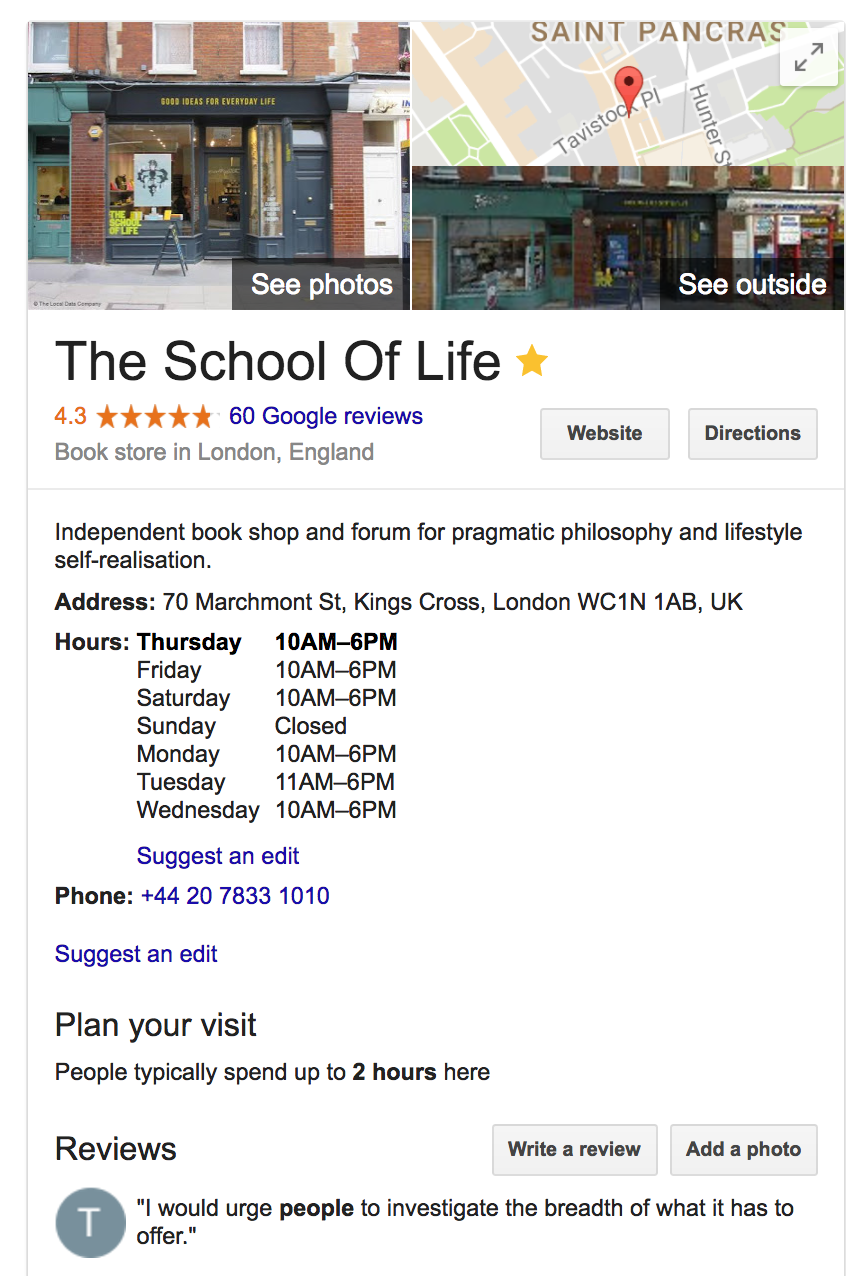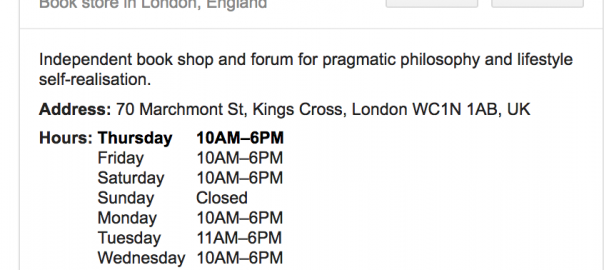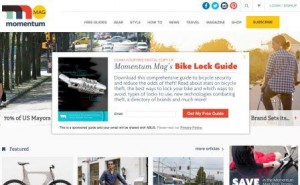— July 28, 2017
It doesn’t matter how good you think you are. What matters is how good your customers think you are. They are the ones buying, and their opinions are the only ones that count.
In my last post, I talked about how important online reviews are and how you can use them to improve your business. But how can you improve the reviews themselves? And how do you get more of them?
Some of you might be thinking, if I do a great job, sell a great product or an awesome service, people will start talking. Hell, the product or service will speak for itself!
Unfortunately, with so much competition online, if you’re not actively protecting and improving your online reputation, you’ll quickly be out-competed by more aggressive and proactive competitors.
And honestly, it’ll be stupid to let that happen.
Because there are practical steps you can take to get better online reviews. And it isn’t rocket science. If you follow this step-by-step guide, you’ll be drowned in five-star reviews in no time.
But before we dive into the steps, let’s talk about what you should avoid doing:
- Writing fake reviews for your own business. Lots of people do it. But once you’re caught, you lose so much credibility. Plus it’s just not a sustainable way of building your brand. How many fake accounts can you create?
- Paying a third party to post fake reviews. Same reason as above. You also risk having the reviews and your profile removed from some review sites.
- Getting too many reviews at once. Even if the reviews are real, getting too many of them in a short period of time will look weird and suspicious.
Alright – now that we got the bad practices out of the way, let’s take a look at a few things you can do that’ll actually help improve your online ratings.
1. Create business profiles on online review sites
The first step to getting better reviews is to take active control of your review pages and social profiles.
First impression is key – before people see the reviews, let them see cool official pictures from you, a nice introduction or explanation of your company, some great content, etc. You can control the packaging, even if you may not be able to control 100% of the gift (the reviews).
And the more completed your profile is, the more customers are likely to leave you reviews. A TripAdvisor survey found that business profiles with opening hours and photos get 36% more customer engagement on their pages.
Claiming your business page on review sites also gives you some distinct advantages. For example, with a claimed business account on Yelp you can:
- Respond to reviews with a direct message or a public comment
- Track the customer leads Yelp is generating for your business
- Add photos and a link to your website
- Update important information such as your business hours and phone number
So go on all the review sites that you want to be listed on, and make sure to claim an official profile, and make them look pretty.
This includes Google, where you can get your business listing for free, so that when people search for you, a nice snippet shows up like this, giving potential customers much more information about your business:

2. Pay attention to guidelines on different review sites
here are tons of different review sites out there, and they all have different rules. So after setting up all your review site profiles and online listing, make sure you read all their policies around customer reviews. Why? Because knowing the rules will help you play the game better.
Yelp’s review policy, for example, is notoriously strict with companies that request reviews from their customers in any way, and introduced review filters to weed out fake or suspicious-looking reviews.
The CEO, Jeremy Stoppelman, explains the rationale in this video:
Google’s local product review policy has also become more rigid recently. Both Yelp and Google will remove any review which they feel violates their guidelines.
Not every review entity publishes clear review guidelines, but where they do exist, you should read and understand them.
Here are direct links to the guidelines of some key review platforms:
Familiarizing yourself with these sites’ policies will save you a lot of trouble and risks of getting your reviews removed or your profile blacklisted – both of which won’t do your business any good.
3. Actively ask for reviews from customers
Most of the time, people don’t bother leaving you reviews. Unless they are super angry and can’t wait to write a mini novel about their bad experience, and ask five other friends to do the same (true story: my friend, Melissa, was so annoyed at a shop that after leaving one bad review herself, she asked a few of us to do the same.)
You don’t want to just leave your online reputation in the hands of these angry customers. You can do so by actively asking for a review after a transaction or after a customer has used your service for a while.
- After a customer has made a purchase from either your physical store or your online shop, ask that customer to take a moment to provide you with feedback about the products purchased and service provided.
- If you’re in B2B, customer success or account managers can encourage customers to leave a review after a catch-up call or after helping the customer with something.
At Mention, we have an in-app pop-up that asks our user how happy they are with our tool. If they put a score that’s higher than 8 out of 10, we ask if they’d like to leave us a review on a public review site.
Most of the time, if customers are happy with your service or product, they’ll agree to leave you a nice message if you ask nicely and tell them how much it would mean to you.
4. Make it easy for customers to leave better online reviews
Customers who leave you reviews are doing you a huge service – whether it’s giving you a huge shout out or some valuable product feedback – and they don’t really get much back in return.
So please, make it easy for them. Tell them exactly where to go. Activate reviews on all available channels. (Here’s how to activate reviews on Facebook.)
Your website and social media accounts shouldn’t just be encouraging people to leave feedback but actively showing them how by linking to it.
For an online store, consider including the review request at the bottom of a shipping notification email or in a separate email sent a week or so later, giving the online shopper time to have received the order.
In a physical store, this might include handing the shopper a small reminder card with a Google Places review box URL on it or including the review URL on the bottom of a printed receipt.
You can also make it easier for them to write the actual review. Be clear about what you’re looking for. Suggest certain features or aspects of your service that you want customers to share their opinions on. Ask specific questions like these in your emails or whatever the form of your review request:
- What did you enjoy most about our service/product?
- What’s the biggest benefit/result you got from using us?
- How did you use our product/service?
- Would you recommend us to your friends?
Help them as much as possible and make it easy for them to say nice things about you.
5. Monitor your online reviews, everywhere
You probably come across a review from time to time and think you have a handle on what customers think.
But there are so many different websites and channels where customers can share their opinions nowadays. Unless you’re monitoring all of these sites, you won’t have the full picture. A monitoring tool helps put them all in one place for you.
So whether it’s a hotel review on Booking.com or company feedback on Glassdoor, you’ll find out in real time, saving you so much time, headaches, and bad surprises.
Multichannel approach
While focusing your efforts on one channel might seem logical and cost-effective, Google picks up reviews from a variety of sources on its SERPs and uses them to improve the search user experience.
If you have stellar 5-star reviews on Yelp, but only an average of 3.5 on say, Facebook, or TripAdvisor, the inconsistency will make customers feel skeptical, and creates mistrust towards your brand, which is the last thing you want.
Monitoring helps make sure that you never let a review slip through the cracks, so you can take better control of your overall brand performance, and identify on which platforms you should push harder to get better online reviews.
Responding to all reviews, but prioritize bad ones
Responding to reviews is key to getting more good reviews. If customers are rewarded when they share their opinions, they’ll be encouraged to it more often. And other customers will follow suit.
But if you’ve got a lot on your plate, a monitoring tool helps you filter by sentiment so you can deal with the negative reviews first.
It’s tempting to brush off that one-star review, but reviews are public and they stay online forever. Most customers understand that problems cannot be solved immediately, but they need to know you listened, and are doing your best to provide a solution. So responding to these bad reviews is crucial to building a great brand image.
Walk the walk
Of course, just saying thank you for your feedback, I’ll report back to my team or add it to our “one day, maybe list” is not good enough.
If you do that, your customers will quickly see through your lip service and tell that you don’t really take their feedback seriously.
The best way to get good reviews on the long run is to take in all their criticisms and suggestions, and make concrete improvements to inch closer and closer to perfection. And then show them you made those chances thanks to their comments.
When customers see that you really care, they’ll be more willing to share, and help you serve and impress them better.
Digital & Social Articles on Business 2 Community
(46)







